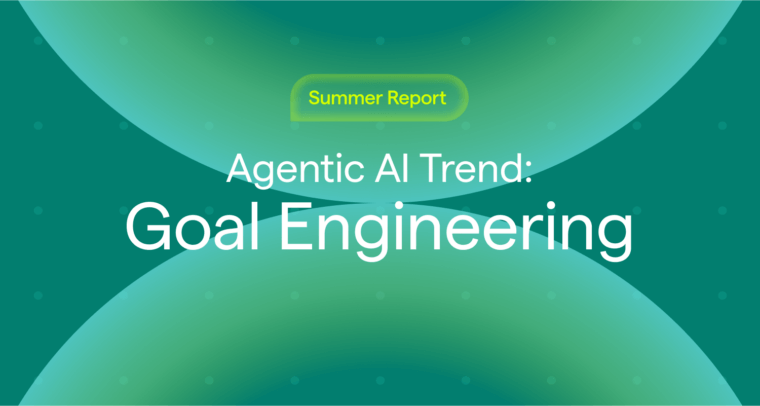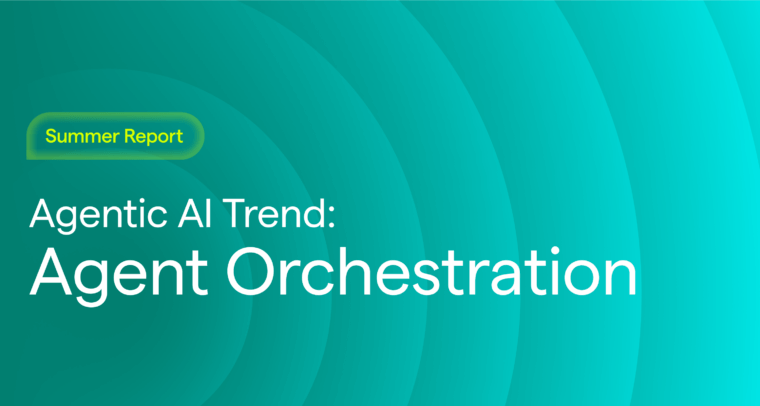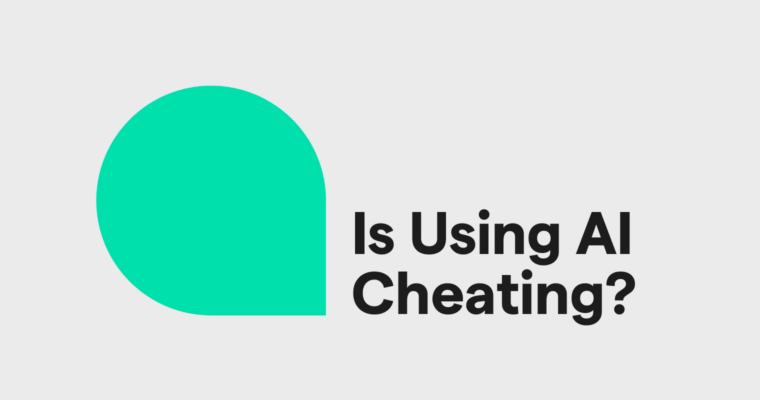
Right now, we’re at the tipping point of AI saturation. AI now stands for “Always Included.” Every software platform is racing to release its version of an AI chatbot, assistant, or agent. Many will overpromise. Some will underdeliver. And most will fight for attention in an already crowded enterprise stack. But not all AI-powered tools are created equal.
- Chatbots respond to prompts and handle narrow queries.
- AI assistants support single tasks in a specific context—summarizing notes, fixing grammar, or scheduling meetings.
- Agents go further. They understand context, plan ahead, and take action—often across multiple systems, sometimes without needing explicit instructions.
All of these tools are flooding the market. And in that kind of noisy environment, utilization becomes the truest signal of value. It doesn’t matter how sophisticated your AI agent is if no one actually uses it or gives it some level of autonomy to take an action. At the end of the day, what drives ROI and creates a competitive advantage isn’t the power of a technology—it’s the ability to actually integrate into your team’s daily workflows and make your entire org move faster.
The future of AI is frictionless
Despite their intuitive interfaces, most popular AI tools still require the user to do the heavy lifting. You have to open a chatbot in a new tab, figure out what it can and can’t do, craft the right prompt, and then navigate back to wherever you were working. That level of friction might be acceptable for assistants and chatbot users. But agents are built to deliver a higher return on attention—and expectations are higher.
With agents, the burden should shift. These systems are expected to adapt to how people work, not force people to adapt to them. Express your goal, provide context, define guardrails, and see results in the real world, not just a browser window.
True agents don’t just respond with suggestions or content—they observe, understand, and act. They recognize the task you’re trying to complete, know which systems they can tap into, and proactively take steps to move work forward. They possess decision intelligence, which separates them from previous AIs. And crucially, they do it in the background—inside the tools and apps you already use.
- They’ll appear where work is happening—not in separate dashboards or stand-alone apps.
- They’ll adapt to individual workflows and roles, rather than forcing every user into the same experience.
- They’ll trigger intelligently, based on stated goals and context, not just when asked.
Picture an agent that lives inside your doc, dashboard, or message thread. It sees you drafting a project update and pulls in relevant metrics. It knows your audience and adjusts tone. It flags risks based on customer sentiment. You never had to ask—it just helped. Like the most trusted employee you’ve ever had.
This is what real agentic value looks like: intelligent, adaptive support that reduces friction and accelerates impact in the interfaces you already use daily. In the AI-powered enterprise, the tools that win won’t be the flashiest. They’ll be the ones that feel effortless because they were built to work the way people already do.
Leaders need to be the first students of agentic AI
When the internet took off, the most forward-thinking CEOs were the ones actually surfing the web. They opened browsers, clicked links, and saw the opportunity firsthand. They read books about all things digital and talked to their peers about what they were seeing in the market. When ChatGPT went viral, the most adaptive execs weren’t just reading headlines—they were in the tool, testing prompts, learning its limits, and spotting breakthrough use cases. They devoured books like Co-Intelligence and Competing in the Age of AI.
Agentic AI is no different.
If you’re a leader investing in this space, the temptation is to focus on functionality—what agents can do. But if you can’t find, activate, or trust those agents yourself, that functionality won’t matter. Because if you’re not using the technology, your team won’t either.
Here’s the hard truth: You can’t delegate understanding. You have to invest in studentship. You have to read about AI and use the tools to actively build AI fluency. Spend four hours a week studying AI with a focus on the development of agentic AI. New books (like this one) are a good start.<
Spend another four hours a week, your hands on the keyboard, using them. If you haven’t already, build up your chatbot muscle to get the hang of prompting. Then build your own agent to tackle a time-consuming task. Set up real workflows. Put them to the test in your own environment. Learn what’s intuitive and what’s clunky. See how long it takes before trust clicks into place.
Why? Because trust isn’t just a technology issue. It’s a human one. We don’t trust what we don’t understand. The more we use these tools, the more we see their potential—and their limits. And that understanding is what separates hype from real transformation.
Think about self-driving cars. Every incremental Waymo trip down the block in San Francisco builds up your trust to rely on one to take you on the freeway. That’s how agents work: Start small, build confidence.
Just like the web, agentic AI will reshape workflows, roles, and expectations. It will lead to 10x leaders in terms of their value-creation abilities. But only if they engage directly with the tools, develop their own expertise and intuition, and make informed decisions about what’s worth scaling.
The bottom line? Trusted agents that adapt will accelerate in their adoption. Agents that demand too much from users to create results will fade. Utilization won’t just measure success—it will define it. And the leaders who develop real intuition through experience will be the ones who know what’s worth scaling—and win because of it.
– Tim Sanders, VP of Research Insights at G2






